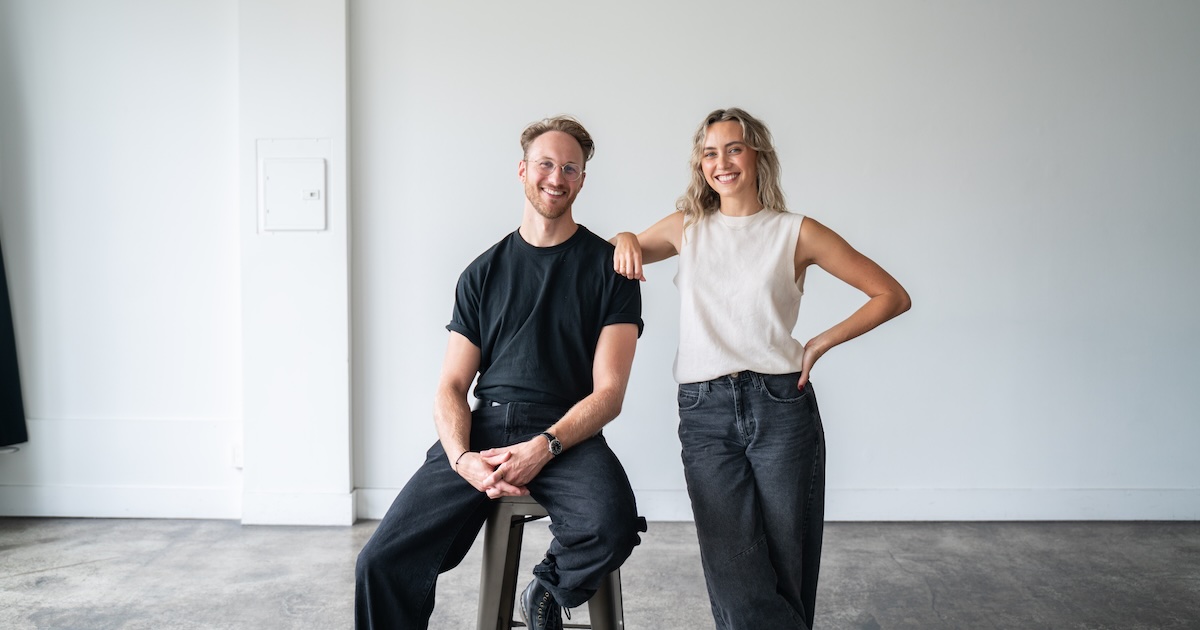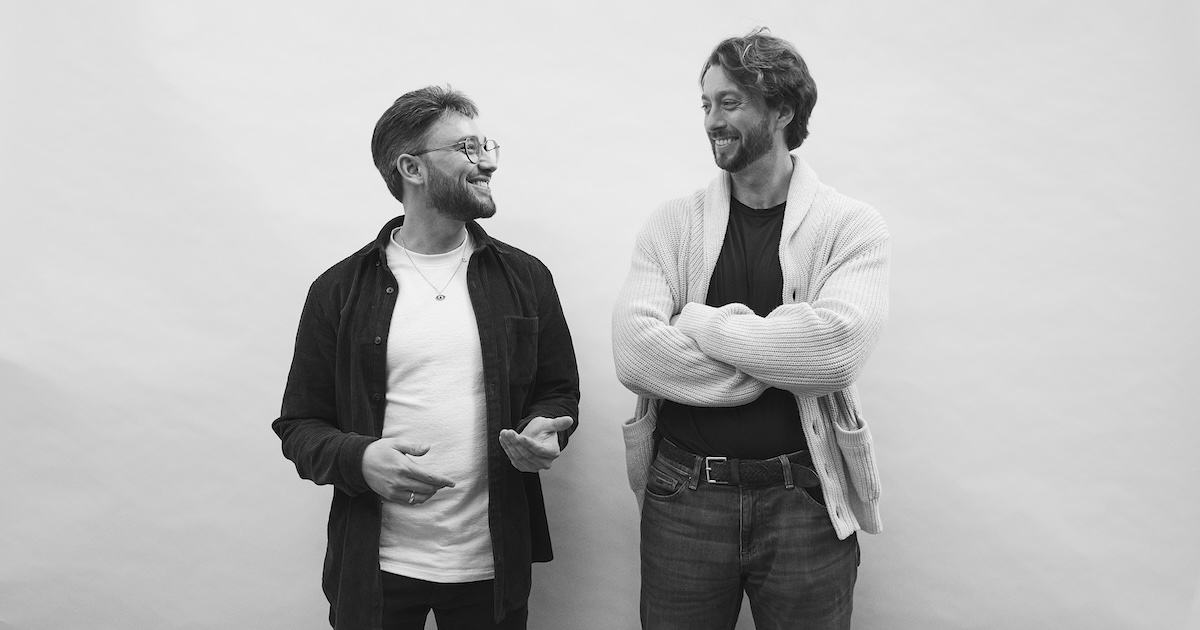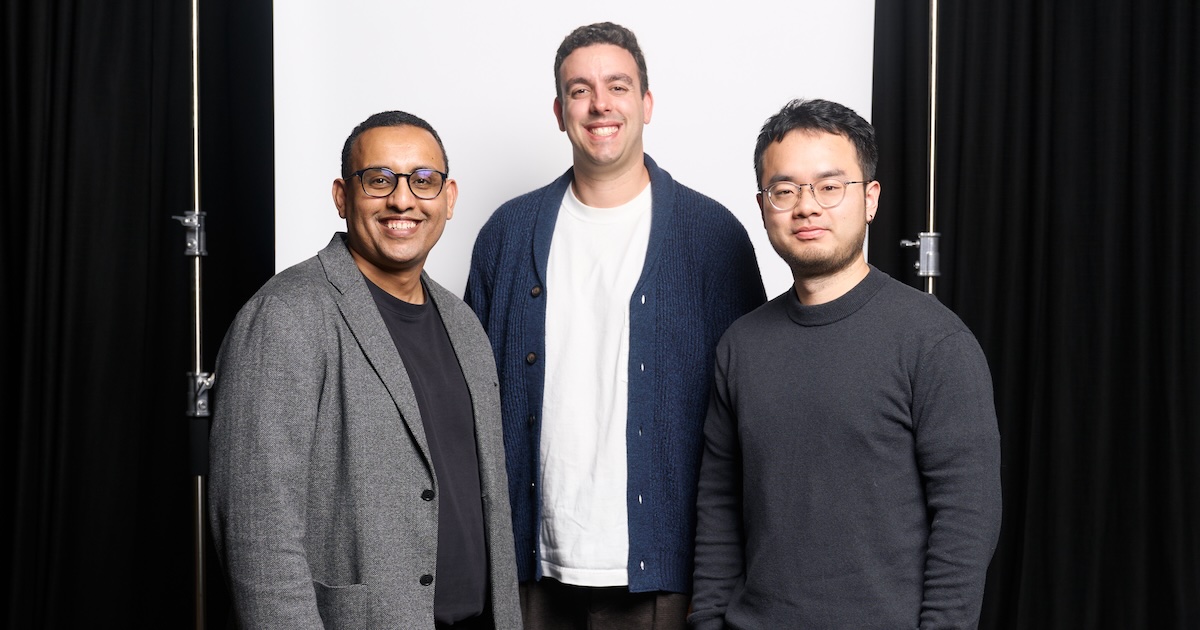
User Interviews As A Superpower with Ned Dwyer
Entrepreneur turned product manager Ned Dwyer shares his advice for better understanding your customers and reducing bias in research for Giants Weekly.
For Giants Weekly we were joined by Ned Dwyer, founder of NewCo, Startmate mentor and an entrepreneur turned product manager with a passion for product strategy, customer development, user experience design and corporate development.
Watch Ned’s presentation in full below, or read on to learn his advice for better understanding your customers and reducing bias in your research.
1. Understand Your Starting Point
Founders fall into two categories: either you’re the customer, or you’re not. If you’re the customer, you’ll have some existing experiences and knowledge of the problem you’re trying to solve. If you’re not the customer, you need to start from first principles and be prepared to do more exhaustive user research to reach that same level of customer understanding.
You also need to understand the potential barriers to conducting research. Most people don’t do research for three reasons;
- They don’t know-how
- They’re scared of looking foolish
- They find it difficult to find interview subjects
The first two barriers are explored below, but if you can’t find customers for user research, this reflects a bigger problem - how will you find customers for your product? Solve that first, and use that to inform your approach to customer research.
2. Choose Your Type Of Research
There’s two primary types of consumer research: generative and evaluative.
Generative research explores the problem space, is open ended, and can help you dig deep to understand ‘day in the life’ and common experiences shared by your users. It’s deeper than doing surveys; a 45 minute interview with one person could give you a sense of your customer’s different problems and ideas. Evaluative research is used when you have defined what the problem is and are trying to find ways to solve it or to refine your solution set. This research uses finite options like usability testing and surveys. Generally, early stage startups will benefit more from generative research while evaluative research can help you refine your solution and how it is offered to your users.

3. Recruit Great Candidates
There’s no ‘magic number’ about the amount of users you’ll need to interview to gain the customer understanding you need, but if you continue to hear the same responses time and time again (e.g. over 5-10 individual interviews) you’ll know you’re on the right track.
To recruit great candidates, Ned suggests the following;
- Personal network and referrals - don't underestimate your immediate connections, particularly if you are the customer or you share some characteristics with the customer
- LinkedIn Sales Navigator - a great way to get granular on the people you're targeting
- Respondent.io and many other research participant platforms
- Existing customer database - this is massively overlooked by many companies
In all your candidate communications, you should be genuine in your desire to learn. It's not a sales pitch; handwrite every message and always thank the candidates for their time.
4. Conduct Effective Interviews
Effective interview structure comes from having a tightly defined hypothesis with a binary outcome. Set yourself up to succeed or fail at the end of your interview. What are you trying to validate? Who are you trying to talk to? Be as specific as possible in planning your interview content and subject e.g. not just the businesses you want to reach, but the specific team in that business.
Ned suggests including 1-2 validation questions that help you refine your hypothesis e.g. are these problems a short term priority? Does this user have the capacity to pay for a solution?
Great questions emphasise lived experienced vs hypotheticals. For instance, “what do you currently spend on research tools?” or “what are your team’s business goals for Q3?”, rather than hypothetical questions like “do you think people would like this?” or “would you use this if we built it?”.
At the end of the research session, you have an opportunity to pitch; Ned suggests a tight one minute overview of how your product solves the problem the user has, then letting the user respond to this pitch. Emphasise you’re looking for feedback, not a sale - particularly in the 1:1 stage. If the user seems genuinely interested in your solution, you can follow up with a beta testing offer or another early opportunity down the track.
5. From Good To Great
- Use the buddy system - one interviewer, one note-taker. Discuss learnings together afterwards so you can condense your findings and align on any inconsistent readings.
- Capture your learnings - record and transcribe, create a central document and share with your team. Ned uses a spreadsheet with a row for every question and a column for every customer.
- Get a big enough sample - are you tackling the wrong problem, or speaking to the wrong customers?
- Ask for referrals - your best interviews will likely know more candidates.
Your processes might not be perfect to start with, but persevere, and you’ll find as you get more experienced with the approach, your results will improve too. If you’ve found Ned’s insights useful or you’d like to reach out to him, follow him on LinkedIn or Twitter.
Keen on more Giants Weekly? Register for future events, or follow us for updates.








